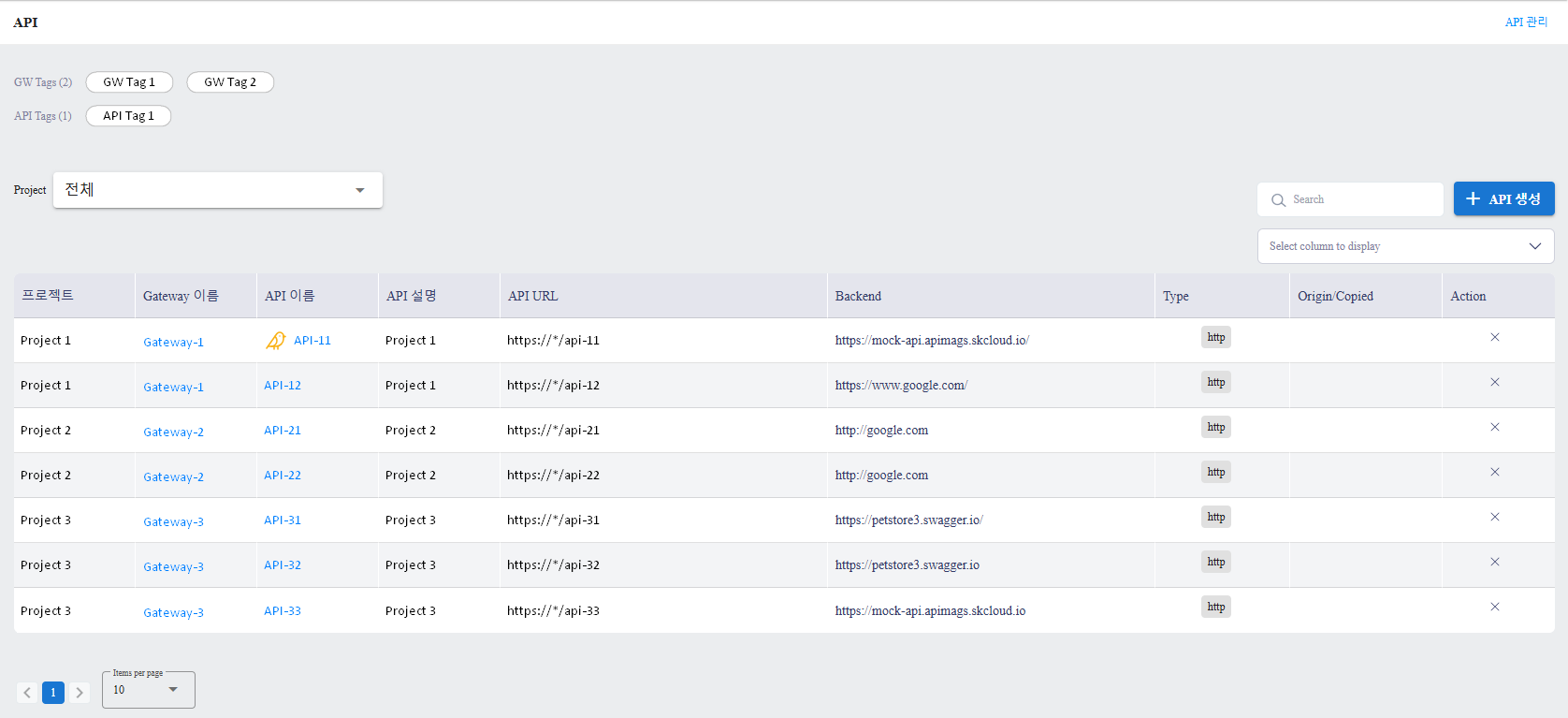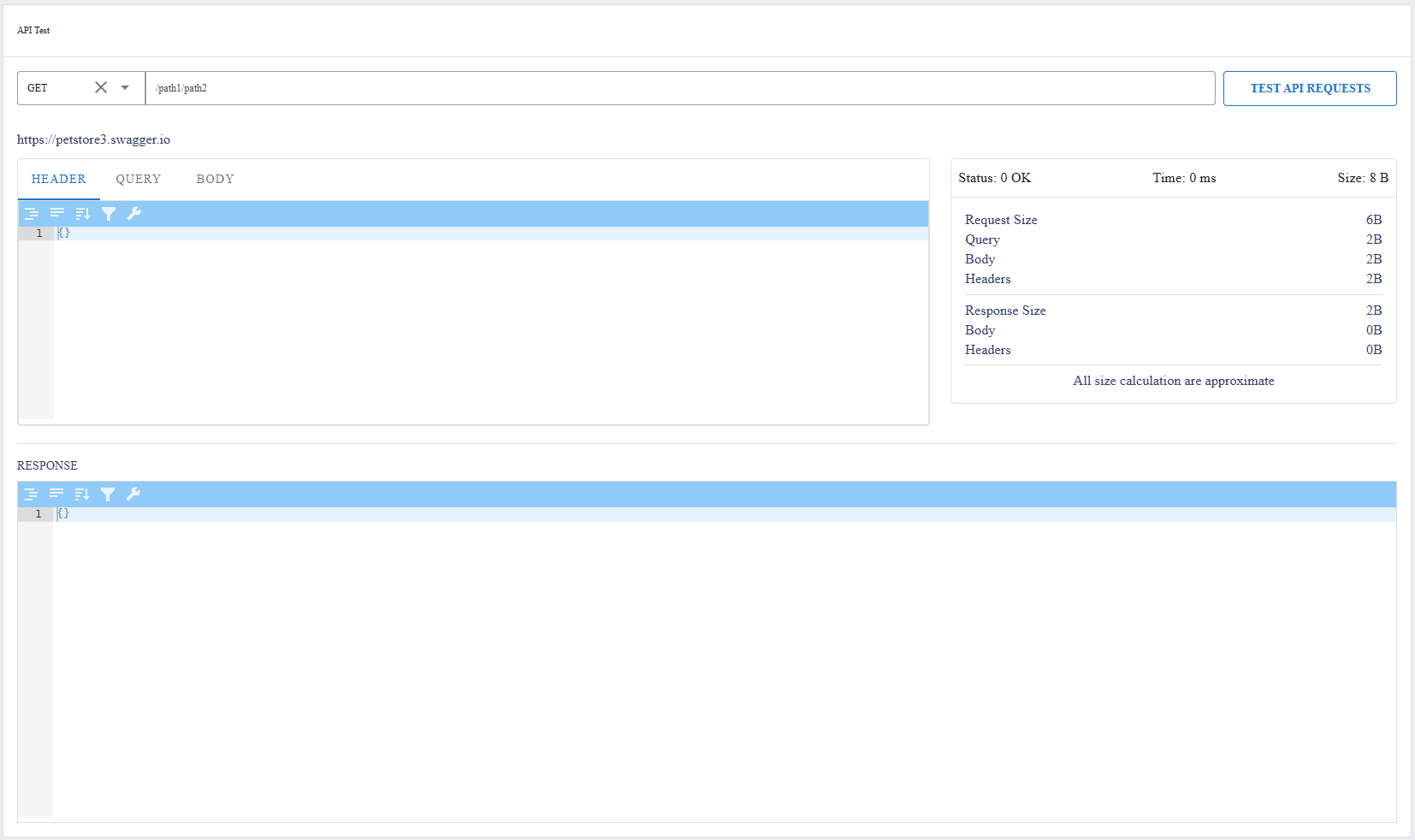API Call Test
Concept
What is API Testing?
API Testing is the process of verifying that an API functions as intended. It involves sending requests to API endpoints and validating the responses to ensure correctness, reliability, performance, and security.
Who Performs API Testing?
Typically, API testing is conducted by:
- Developers: To validate functionality during development.
- Quality Assurance (QA) Engineers: To ensure the API meets specified requirements.
- DevOps Teams: To integrate tests into CI/CD pipelines for continuous validation.
Why is API Testing Essential?
API testing is crucial because:
- Early Bug Detection: Identifies issues before they escalate.
- Ensures Reliability: Validates that APIs perform consistently under various conditions.
- Security Assurance: Checks for vulnerabilities and unauthorized access.
- Performance Validation: Ensures APIs can handle expected load and stress.
Basic API Testing Workflow
A typical API testing process involves the following steps:
- Understanding the API spec (endpoints, methods, data formats)
- Defining test cases:
- Positive cases: expected inputs
- Negative cases: invalid/missing inputs
- Preparing test data (parameters, headers, auth tokens)
- Executing the request to the API
- Validating the response:
- HTTP status codes
- Response body contents
- Timing and latency
- Logging and reporting results
- Retesting after bug fixes or changes
This process can be manual or automated depending on the tools used.
Consequences of Skipping API Testing
Neglecting API testing can lead to:
- Undetected Bugs: Leading to system failures.
- Security Breaches: Exposing sensitive data.
- Poor User Experience: Due to unreliable API behavior.
- Increased Costs: From late-stage bug fixes and system downtimes.
Current Practices and Challenges in API Testing
How is API Testing Typically Conducted?
Currently, API testing is mostly conducted using tools like:
- Postman or Insomnia for manual test execution
- JMeter, SoapUI, or Newman for automated or performance testing
- Custom scripts using languages like Python, JavaScript, or Bash
Common Types of API Testing:
| Type | Description | Example Use Case |
|---|---|---|
| Functional Testing | Tests whether the API behaves correctly for valid and invalid input. Focuses on correctness and expected behavior. | Test if a GET /users/id returns correct user info for valid ID, and 404 for an invalid ID. |
| Integration Testing | Tests whether the API works properly when integrated with other systems or services. | Verify that POST /orders correctly triggers an email confirmation by calling a notification microservice. |
| Load/Performance Testing | Tests how the API behaves under heavy traffic or concurrent requests. Helps identify bottlenecks. | Simulate 1,000 users calling GET /products simultaneously to check if the service still responds under 1s. |
These test types are often combined to ensure comprehensive validation before deployment.
Common Challenges in API Testing
Despite its importance, API testing faces several challenges:
- Incomplete Documentation: Making it hard to understand API behavior.
- Dynamic Data Handling: Managing varying data in requests and responses.
- Authentication Complexities: Dealing with tokens, keys, and session management.
- Test Environment Setup: Replicating production-like environments for accurate testing.
- Maintaining Test Scripts: Updating tests as APIs evolve
Future Trends in API Testing
The landscape of API testing is evolving with trends like:
- AI-Powered Testing: Using machine learning to generate and optimize test cases.
- Shift-Left Testing: Integrating testing early in the development cycle.
- API Virtualization: Simulating APIs for testing without relying on live services.
- Enhanced Security Testing: Focusing on identifying and mitigating vulnerabilities.
- Integration with DevOps: Embedding API tests into CI/CD pipelines for continuous validation.
How APIM Enhances API Testing
APIM streamlines API testing by:
- Integrated Testing Tools: Providing built-in features to test APIs directly within the platform.
- Automated Test Execution: Allowing for scheduled or trigger-based testing.
- Comprehensive Reporting: Offering detailed insights into test results and API performance.
- Seamless CI/CD Integration: Facilitating continuous testing as part of the deployment pipeline.
- Version Control: Managing tests corresponding to specific API versions.
With APIM, testing becomes a seamless part of API lifecycle management rather than a disconnected, manual task.
Steps to Test an API in APIM
Access the APIM Console
Log in with appropriate credentials.

Navigate to API Testing
Go to API Management, and select the API you want to test.

Navigate to the Testing tab or section of that API.

Prepare and Send Request
Configure the request:
- Choose the HTTP method (GET, POST, etc.)
- Enter the endpoint path
- Add query parameters, headers, body data, and authentication (if needed)
Click Test API Request.
Check Response and Adjust
View the response details:
- HTTP status code
- Response body
- Response time
Adjust the request or test additional scenarios as needed.
For detailed instructions and additional options, please refer to the User Guide > APIM Console Guide > API Management